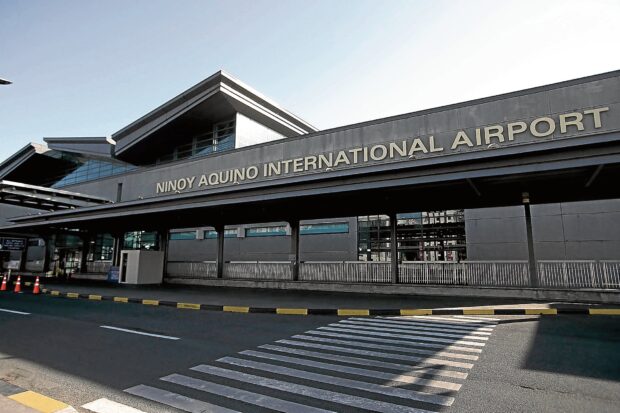Last week, the Marcos administration commenced the transfer of the Ninoy Aquino International Airport (Naia) to private ownership. Naia is known for its congestion and frequent disruptions, and the government is seeking private parties to take over the rehabilitation, operation, and maintenance of the airport. The Department of Transportation (DOTr) and the Manila International Airport Authority (MIAA) have set a deadline of December 27 for interested parties to submit their bids for the P170.6-billion project.
The project aims to nearly double Naia’s passenger capacity from 32 million to accommodate 60 million passengers within a 15-year concession period, with the possibility of extending it for another 10 years. The planned Naia public-private partnership (PPP) project includes the much-needed rehabilitation of passenger terminals and runways, as well as the installation of new facilities to enhance the overall passenger experience.
While the proposal seems promising, there is skepticism regarding its success. Naia has had several failed attempts at privatization in the past, making people question whether this latest effort will yield different results. The airport has been ranked as the eighth worst in Asia for passenger queueing time and the third most stressful in Asia in previous years.
Past privatization attempts include a proposal by a consortium of seven conglomerates in 2018, which eventually fell through due to unresolved issues with the government. Another proposal from Megawide Construction Corp. and GMR Infrastructure Ltd. was rejected in 2020 due to a perceived lack of financial capacity. Most recently, another superconsortium composed of five conglomerates submitted an offer to upgrade Naia but was set aside in favor of the current bid terms deemed more favorable by the government.
Despite previous setbacks, the Marcos administration remains optimistic that experienced private sector partners will be attracted to the project, especially as air travel recovers from the pandemic. The administration expects multiple bids to be submitted, acknowledging Naia as the nation’s premiere international gateway until the completion of the Bulacan airport project in 2027.
The DOTr Undersecretary for Aviation and Airports anticipates that the Naia privatization contract could be awarded as early as the first quarter of next year, offering some relief to long-suffering airport users. While the rejected MIAC consortium hasn’t confirmed its participation in the current bidding process, it has expressed alignment with the government’s infrastructure priorities and commitment to revitalizing Naia.
To ensure the success of the privatization, the DOTr and the MIAA must learn from past negotiations that fell apart and avoid the mistakes that rendered previous agreements unviable. The Marcos administration should strive to find a balanced solution that provides acceptable terms for the private sector while avoiding burdensome provisions. By taking a different approach, the latest version of the airport privatization story might finally deliver the improvements that Filipinos have been longing for.
Denial of responsibility! VigourTimes is an automatic aggregator of Global media. In each content, the hyperlink to the primary source is specified. All trademarks belong to their rightful owners, and all materials to their authors. For any complaint, please reach us at – [email protected]. We will take necessary action within 24 hours.


